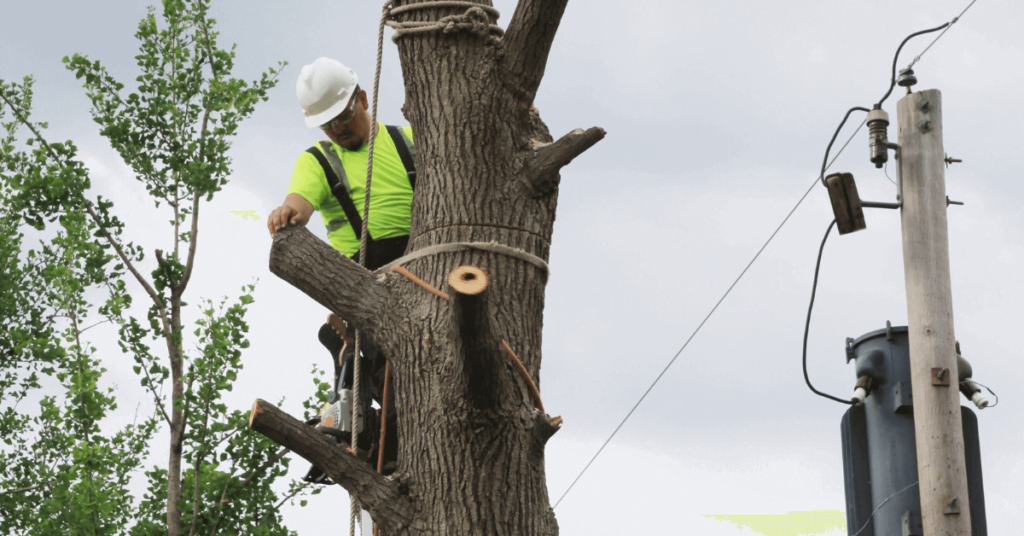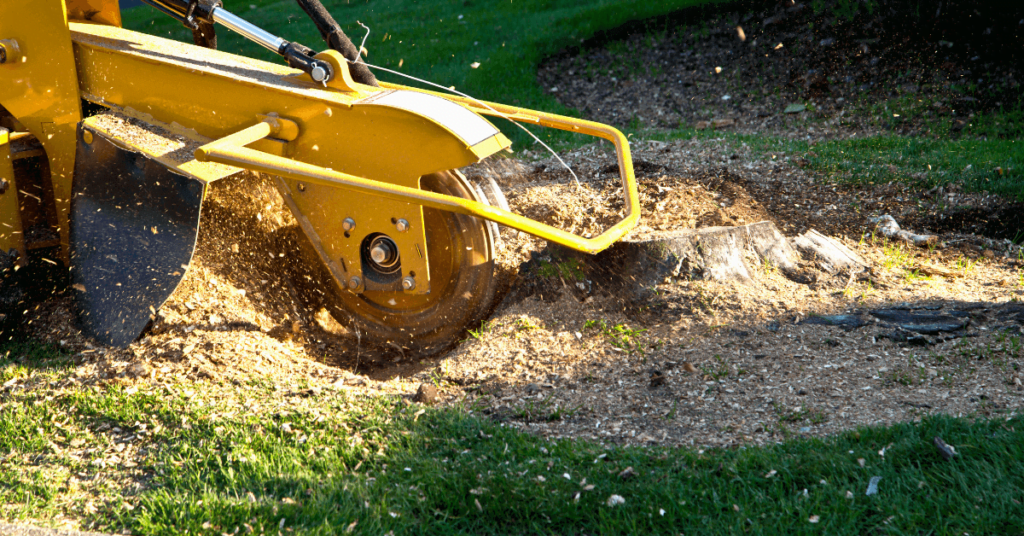With all the talk of pruning and trimming in the gardening world, it’s easy to get confused about which technique to use. Before you pick up a pair of pruners or shears, consider understanding the difference between pruning and trimming.
This blog post breaks down when each method should be used, what equipment is needed for each task and how to properly go about using these techniques for successful garden results. Keep reading to learn more about pruning vs trimming.
Pruning vs Trimming
Pruning and trimming are often used interchangeably but they are two different techniques. Pruning is the process of removing parts or branches from a plant to encourage new growth. This technique can help keep plants healthy, create aesthetically pleasing shapes and prevent disease.
Trimming is the process of removing leaves and other foliage from a plant to reduce its size, control its shape and limit the spread of disease. It is typically done on trees or shrubs to keep them in the desired form and size. Both pruning and trimming will help plants look better, remain healthy and prevent overcrowding.
However, pruning is the better choice when it comes to getting plants into the right shape and size for your garden. Pruning will promote growth and help shape the plant, while trimming is more for controlling size. No matter which technique you choose, it’s important to use caution when working with plants. Be sure to use clean, sharp tools and protective gloves when working with any plants.
Note: Contact Us for Any Tree Trimming Service in Westminster!
Benefits Of Pruning
- Pruning can encourage healthier plants and trees by removing diseased, dead or damaged branches and stems. This can also help reduce the spread of disease to other parts of the plant or tree.
- Pruning can improve the overall appearance of a landscape or garden by providing a more aesthetically pleasing shape for plants.
- Pruning can increase the amount of sun and air reaching inner branches, resulting in more productive growth.
- Pruning can reduce the risk of damage from wind and ice by allowing for a more balanced structure that is better able to withstand extreme weather conditions
- Pruning can also reduce the need for additional maintenance, such as trimming or removing branches that have become overgrown.
- Pruning can also help promote flowering and fruiting by stimulating bud growth and allowing for more efficient nutrient absorption.
- Finally, pruning can help increase the lifespan of a plant or tree.
Benefits Of Trimming
- Trimming hedges and trees can help promote healthy growth by allowing more sunlight and air to penetrate the foliage, improving their overall health.
- It can also reduce the risk of accidental damage from overgrown branches, as well as make your yard look more attractive and neat.
- By pruning away dead or diseased branches, you can prevent the spread of disease to other parts of your garden.
- Additionally, trimming trees and hedges will reduce their size and help keep them in proportion to your yard, making it look more harmonious and pleasant.
- Trimming also helps maintain an even shape, which makes it easier to mow around and prune the garden in the future.
- Finally, trimming hedges and trees can help reduce the amount of upkeep they need as they won’t grow as quickly or become overgrown. This can save time and energy in the long run!
When to do prune?
Pruning should be done each year during the plant’s dormant season, usually in late winter or early spring. Pruning is important for maintaining a healthy and aesthetically pleasing tree or shrub.
When pruning a plant, it is important to use sharp tools and make sure all cuts are clean. Be sure not to remove too much at once; instead, prune in small sections over several years for the best results.
When to do trim?
If you want your lawn to look its best and stay healthy, it’s important that you regularly trim the grass. Trimming also ensures that the soil remains clear of buildup, which can lead to poor drainage.
Depending on the type of grass you have and the time of year, you may need to trim your lawn weekly or biweekly.
During the peak growing season in spring and summer, grass should generally be trimmed once a week with a sharp blade for best results. In milder climates, where the growth rate is slower, it may only need to be trimmed every two weeks or so. In very hot and dry climates, where the grass is dormant for long periods of time, it may not need to be trimmed at all.
How to prune and how to trim?
Different plants have different pruning requirements, so it’s important to check with your local nursery or garden center for specific pruning instructions. When you are ready to prune, remove dead, diseased or damaged branches.
These can often be identified by their appearance. Branches that are brown, discolored and brittle have likely died and should be removed. When removing dead wood, always cut at the base of the branch, making sure to leave a smooth surface behind.
Here are some tips for trimming grass properly:
- Start by mowing the entire lawn with a standard garden mower set at the proper cutting height for your type of grass; this should be done once every one to two weeks.
- For edging along sidewalks, driveways and walkways, use a string trimmer or edger with a guard or shield for safety.
- When trimming around trees, shrubs and other plants in your yard, use shears for pruning clippers to give them a neat and manicured look.
- Use a hedge trimmer to trim hedges that are too bushy or out of shape.
- When finished trimming your lawn, rake up any clippings and dispose of them in a compost bin or by mulching.
- Finally, water the lawn after trimming to help reduce stress on the grass from cutting and keep it looking lush and healthy.
Tools for pruning and Tools for trimming
Tools used for pruning: There are various tools available for pruning, depending on the size, shape and species of the plant being pruned. Commonly used tools include hand pruners, loppers, pole saws, hedge shears, pruning saws and chainsaws. Hand pruners, also known as secateurs, are designed for smaller branches up to 1/2 inch in diameter.
Tools used for tree trimming: Tree trimming can be done using a variety of tools, including hand pruners, loppers, pole saws, electric and gas-powered trimmers, hand saws and chainsaws. Hand pruners are used for small branches and twigs up to about one-half inch in diameter. Loppers are used for larger branches up to about two-and-a-half inches in diameter.
Wrap Up
Although both pruning and trimming help encourage growth, they are two very different techniques. Trimming is generally done to remove dead or dying leaves and branches, while pruning is a bit more drastic, involving the deliberate removal of certain parts of the plant.
By understanding the difference between these two gardening methods, you can better ensure that your plants remain healthy and thriving.



